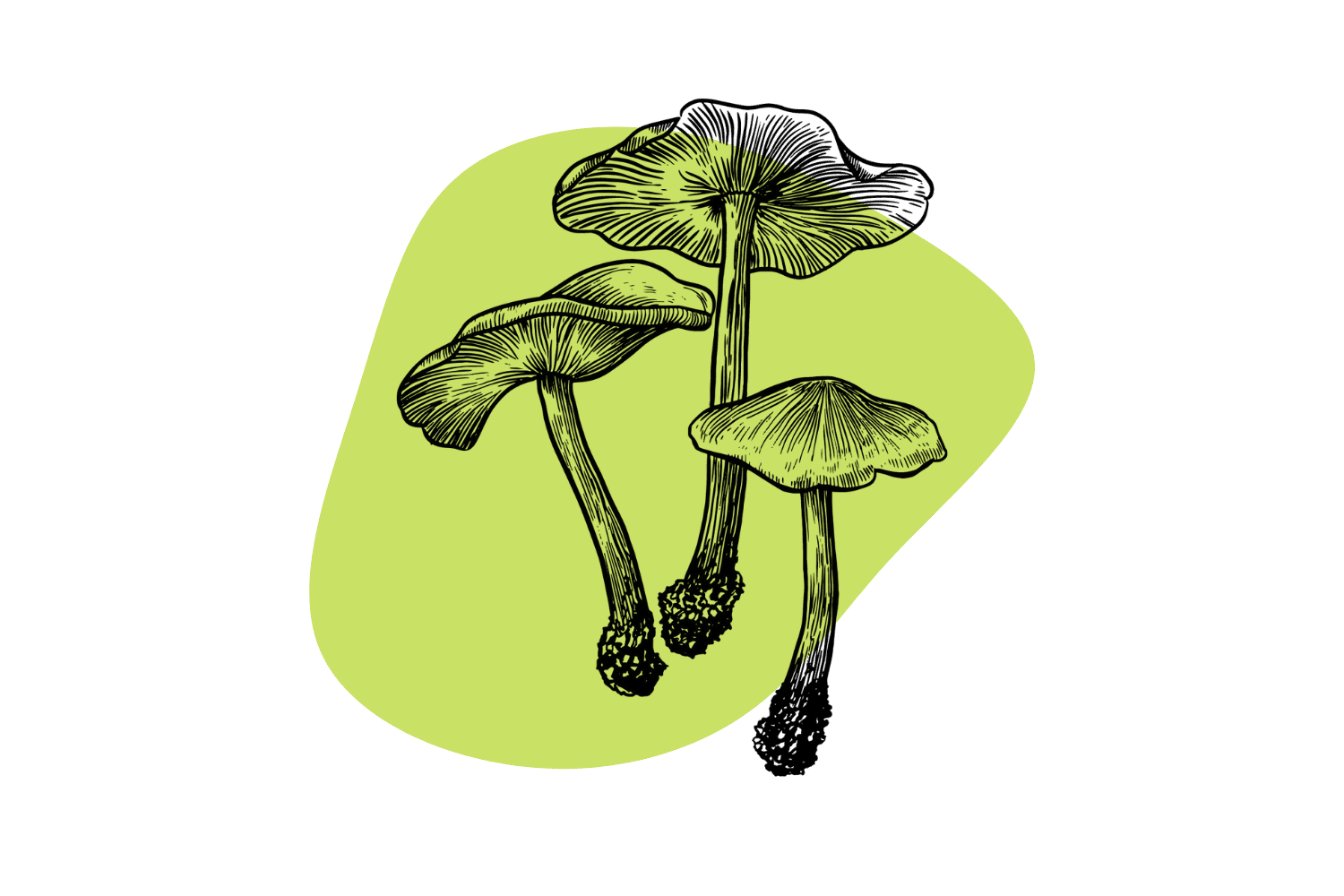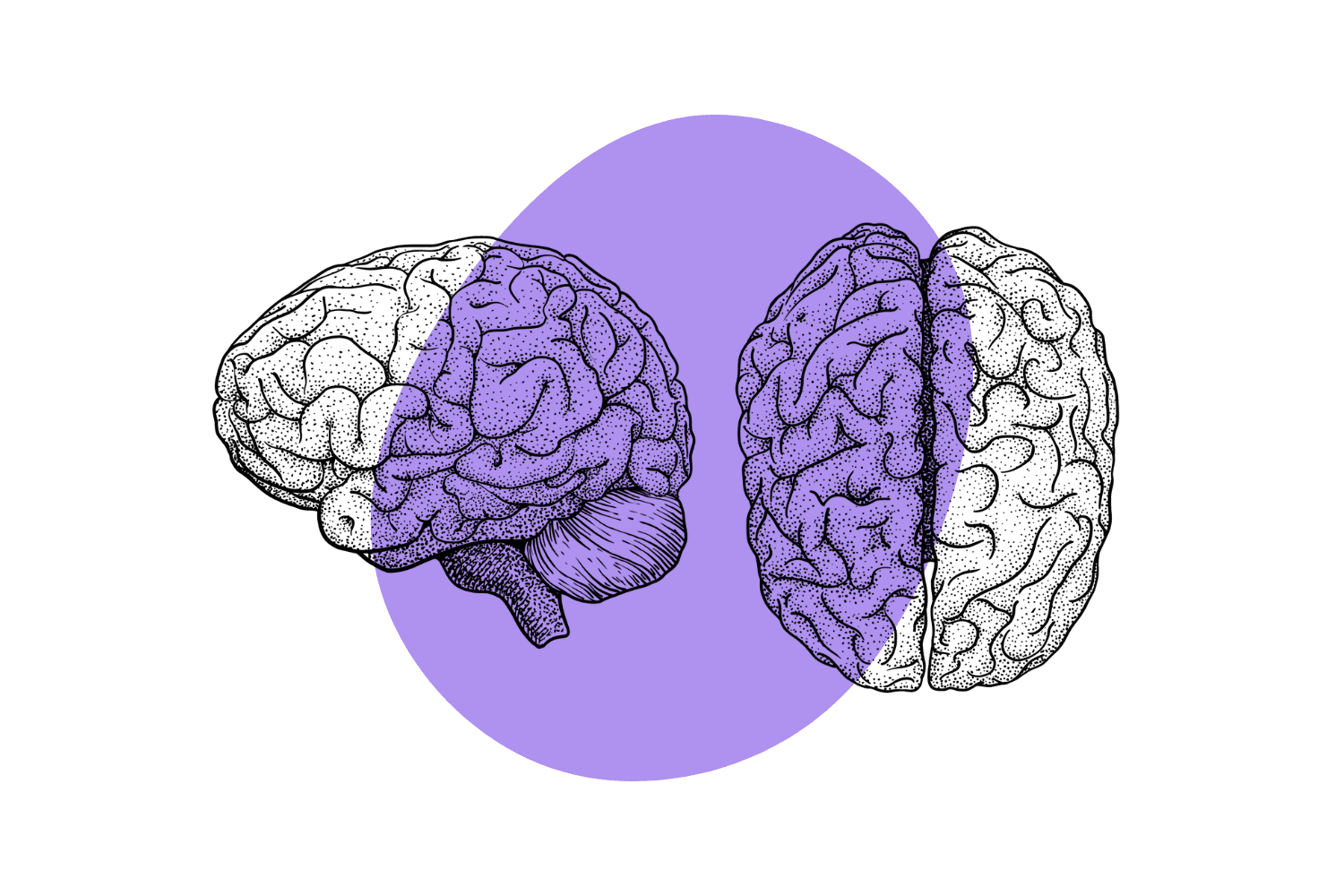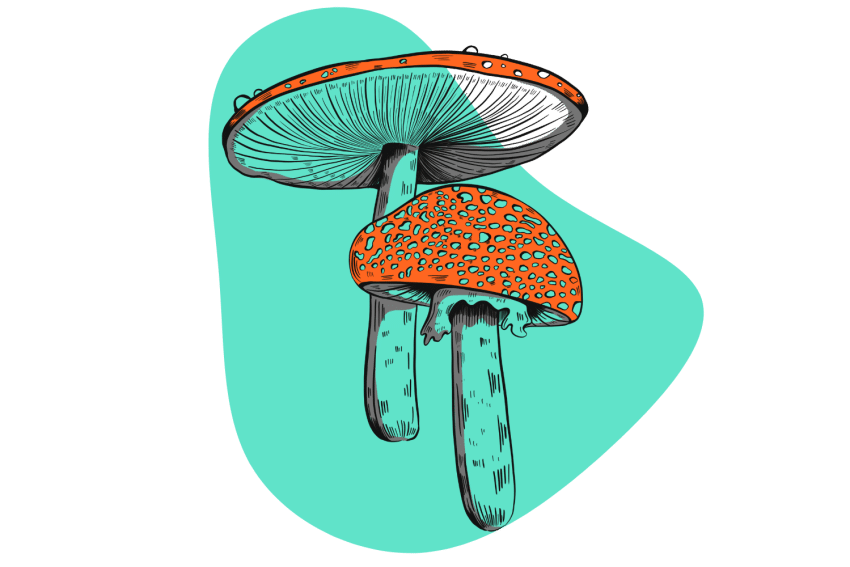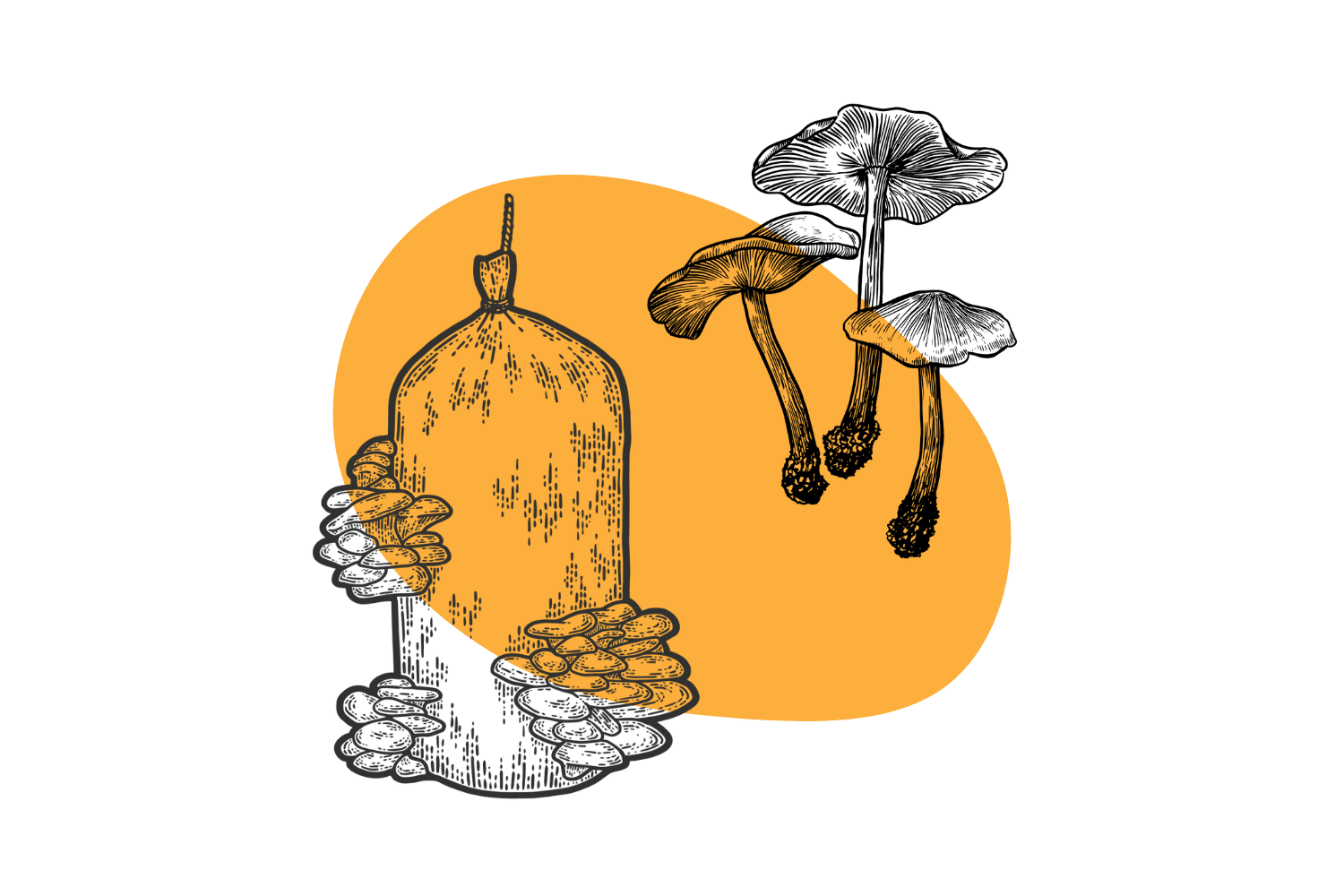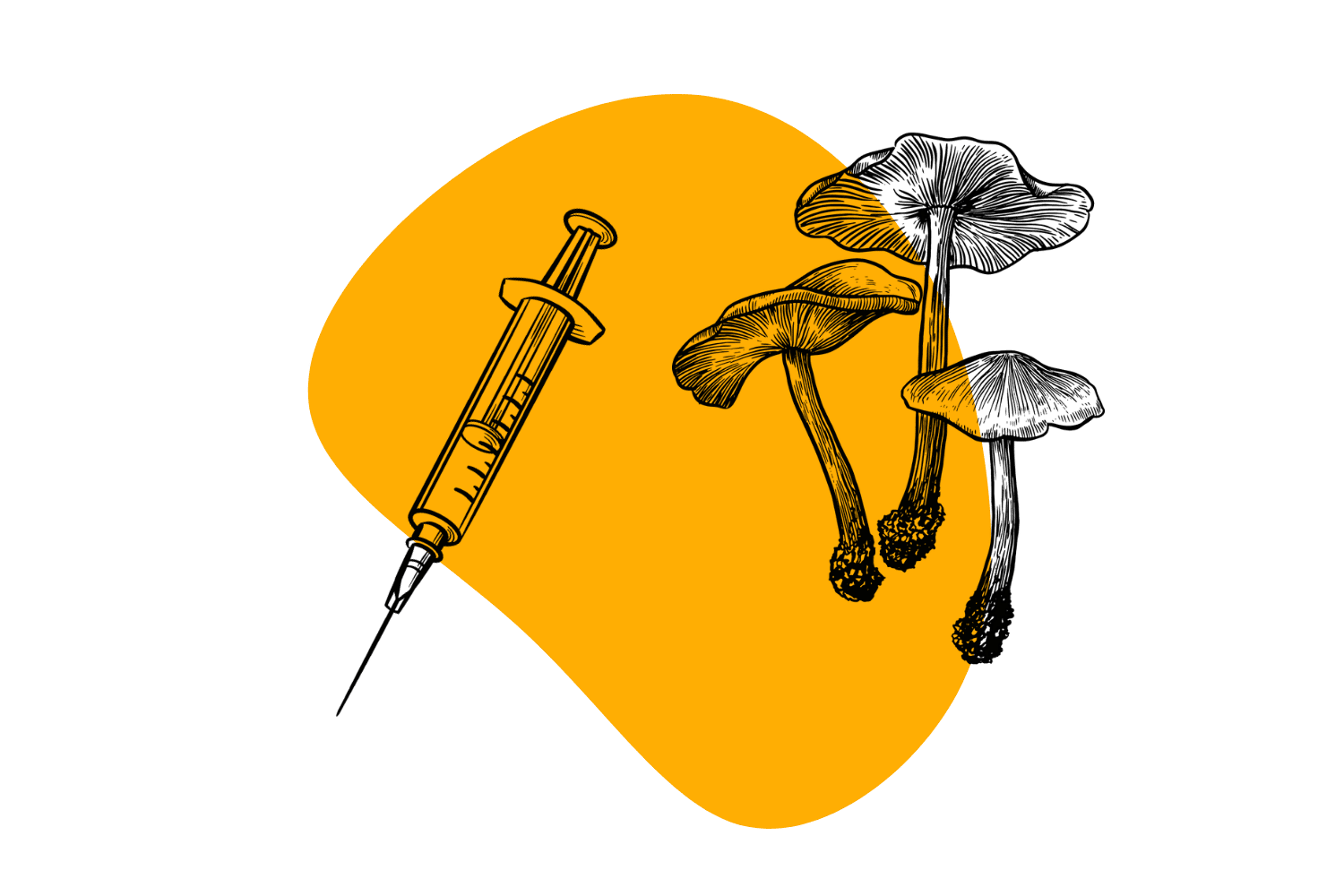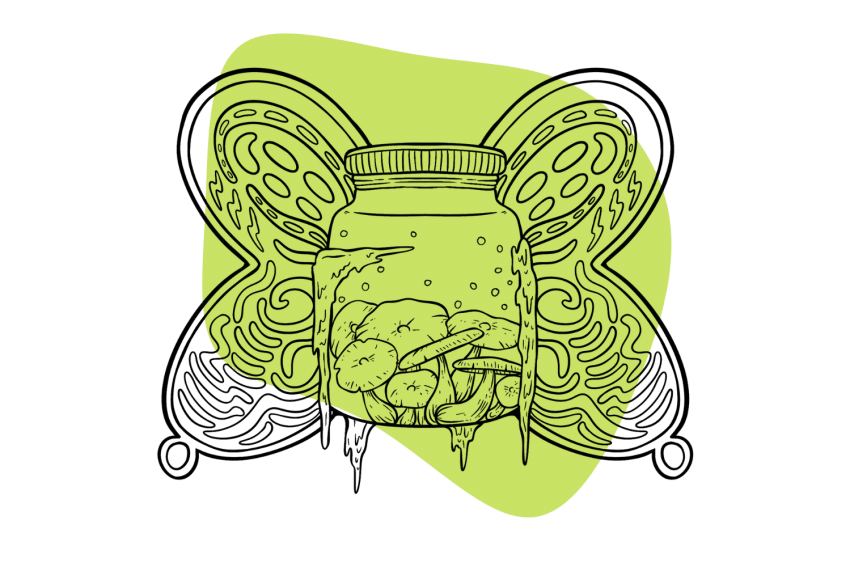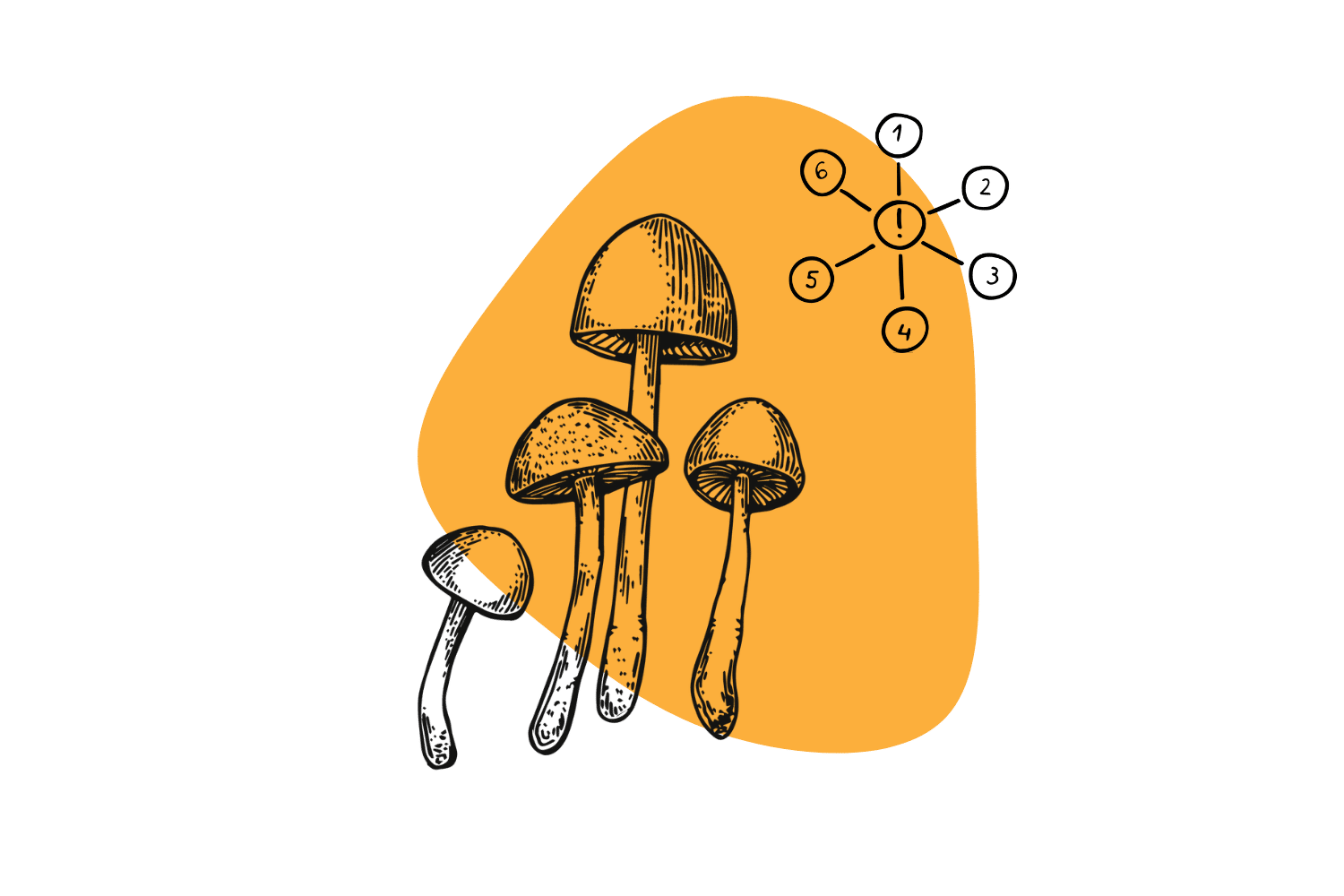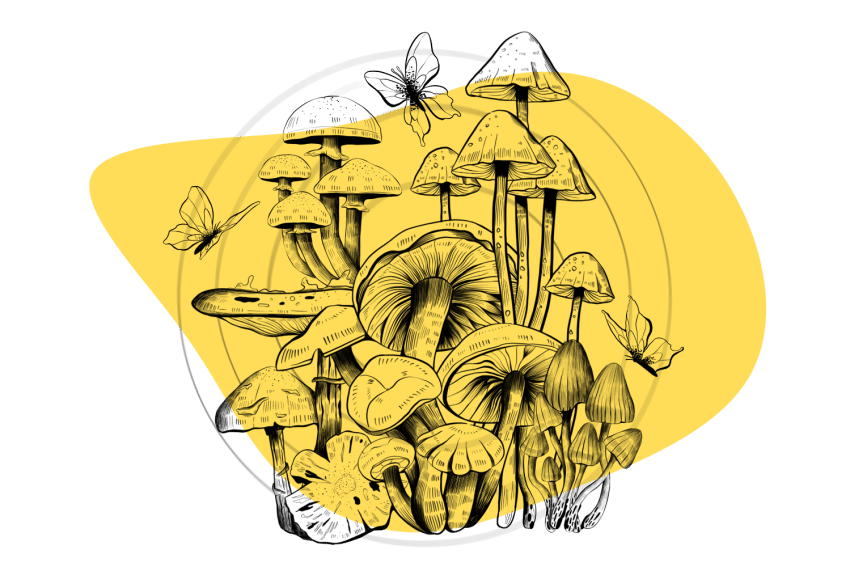How to Make Shroom Tea: Step-By-Step Guide
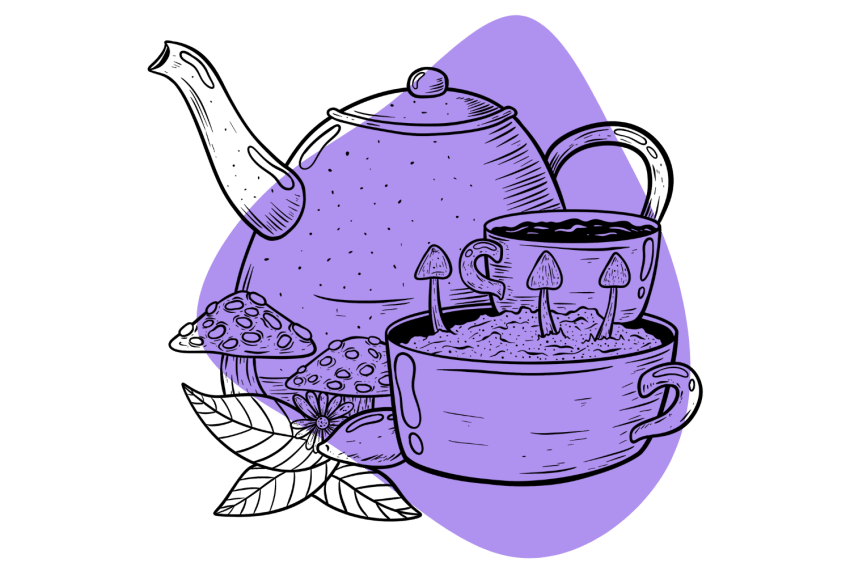
Magic mushrooms don’t taste very good, and they have a tendency to upset the stomach (a side effect called gut rot).
The simple solution is to prepare your mushrooms as a tea instead.
Here, you’ll learn the dos and don’ts of preparing this classic psychoactive brew, including some tips on how to measure the right dose. I’ll also offer a list of other herbs and ingredients you can add to make the tea even better.
Materials Needed: Mushroom Tea 101
- Teapot or cloth teabags
- Coffee grinder, small blender, weed grinder, or mortar and pestle
- A scale to weigh the shrooms
- A cup or a mug
- Fresh or dried magic mushrooms
- Other herbs to flavor (optional)
- Honey or sugar (optional)
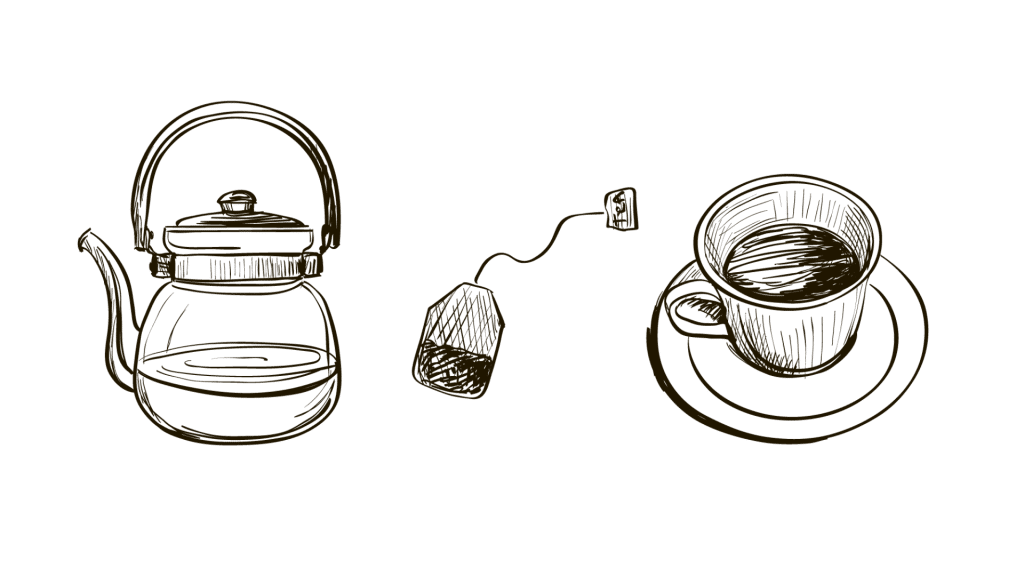
How to Make Mushroom Tea: Step-By-Step
The process is simple — weigh, steep, drink.
But let’s cover each step in some greater detail.
Step 1: Weigh Out Your Dose
Getting the dose right is important, so make sure you use a scale. Any scale will work. If you don’t have one, consider picking up something small from Amazon or your local headshop — they’re cheap to buy and are essential for accurate dosing.
The dosage range for mushroom tea is between 1 gram and 3 grams per person. Most people start with around 2 grams (per person) for potent but manageable effects.
If you’re making tea to share with multiple people, make sure you multiply the dose accordingly.
Step 2: Grind Your Mushies
Before you start your infusion, you’ll want to grind your mushrooms into small pieces. This increases the surface area and allows for much more efficient extraction.
If you’re using dried mushrooms, you can throw them into a blade-style coffee grinder (avoid using burr grinders for this), a small blender, or simply use your cannabis grinder. The traditional way is to use a mortar and pestle, which is a little bit more work but produces a nice powder when you’re finished.
Step 3: Prepare the Tea
Once ground, fill your teabags with the mushrooms or add them directly to your teapot. Both options work, but if you’re using tea bags, you’ll be able to squeeze them out when the brew is finished to get just a little bit more of the psilocybin out of them.
Now is the best time to add other herbs you decide to use as well.
Some really good options are ginger, peppermint, chamomile, or passionflower. I usually add about two teaspoons total per person.
You can also use green or black tea, but I wouldn’t recommend it. You’re going to let everything steep for several minutes and green and black tea become too astringent and bitter after a few minutes of steeping. If this doesn’t bother you, go for it!
Step 4: Prepare the Water
You can use as much or as little water as you want; this part isn’t a hard science. Most people just use however much water fits in your teapot or mug.
I usually aim for around 200–250 mL (1 cup) per person regardless of the mushroom dose we’re using.
Use water that’s hot but not boiling. If you have a fancy kettle that lets you set the temperature, set it to 80ºC (175ºF). If not, you can tell it’s at the right temperature when you start to see small bubbles forming at the bottom of the kettle.
Once your water is around the right temperature, pour it into your teapot or mug over the tea.
Step 5: Let it Steep For At Least 10 Minutes
Set your mushroom tea aside and let it steep for a while. You should wait at least 10 minutes for the active ingredients to diffuse into the water. The longer you wait, the stronger your tea will be.
I’ve found that by the 20-minute mark, your tea is about as strong as it’s going to get.
Your tea is now ready to drink.
Feel free to add honey, sugar, agave nectar, or any other sweeteners you want to make the tea more palatable.
You can get around three separate steeps of your mushroom tea before it’s depleted. Each steep will be weaker than the last.
It’s best to wait at least an hour before making another infusion. This will give the shrooms time to kick in so you can gauge if you need or want another dose.
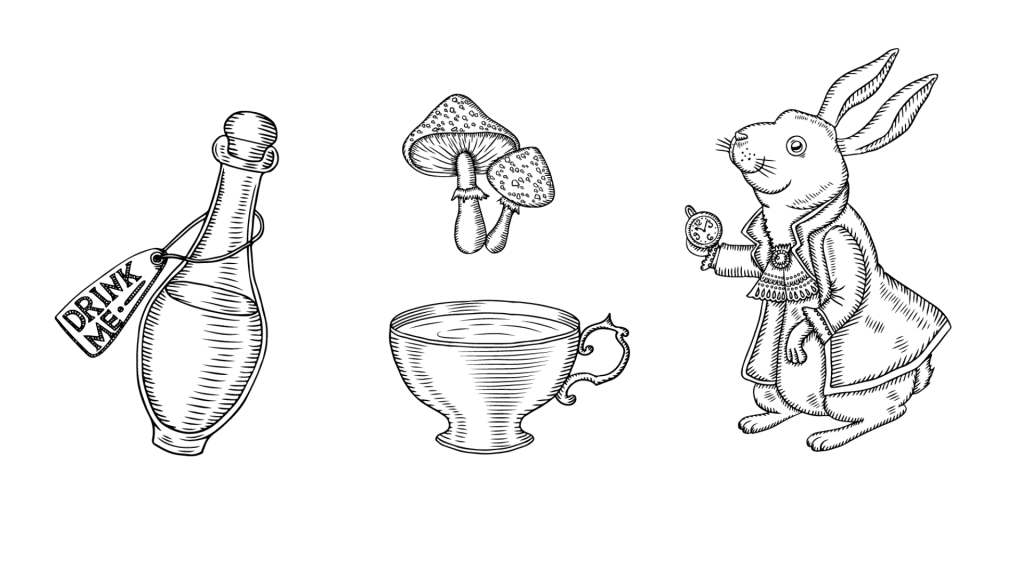
Alternative Method: Mushroom Elixir
The method outlined above is the most basic way to make mushroom tea, and it works perfectly fine, but if you want to step it up a notch and prepare an elixir using other herbs, this recipe should get you started.
This method uses the same process for making mushroom tea, but instead of using hot water, you’re using a strong herbal decoction instead. The best herbs to use are ginger (for alleviating stomach pains and nausea), medicinal mushrooms (chaga or reishi), and adaptogenic herbs (such as ginseng or ashwagandha).
Step-by-step process:
- Fill a pot with water and place it on the stove
- Add tonic or adaptogenic herbs to the pot (try using any of the following: reishi, ginger, ginseng, ashwagandha, or chaga)
- Let the water simmer for 20-30 minutes (this makes a herbal decoction)
- Strain the herbs from the water and let it cool slightly
- Weigh and grind your shrooms
- Pour the herbal decoction over the mushrooms and let everything steep for 10–20 minutes
- Drink and repeat!
How Many Mushrooms Should I Use For Tea?
The common dosage range for making mushroom tea is around 1 to 3 grams of dried shrooms per person or 10 to 30 grams of fresh mushrooms.
Breakdown of common shroom tea dosages:
- 1 gram or less — This dose is best for beginners. It won’t cause hallucinations but can produce feelings of euphoria and inspiration and may add a sort of “sparkle” to your visual sphere.
- 2–3 grams — This is the standard psychoactive dose most people use when drinking shroom tea.
- Over 3 grams — This is a strong dose only recommended for people experienced with magic mushrooms. Ego death experiences become more common as the dose increases.
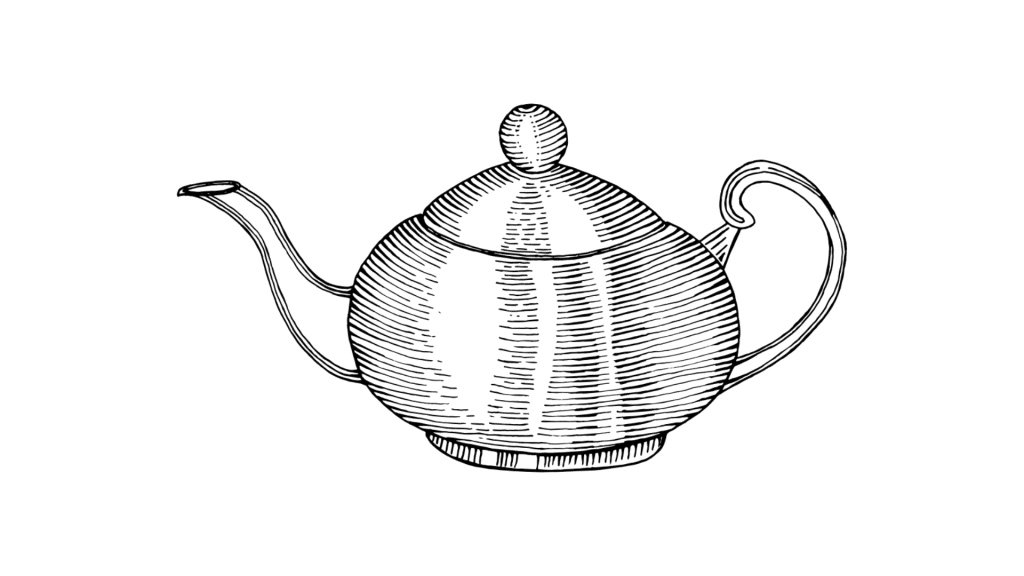
Remember that these doses are per person. If you have a group of four or five people drinking the tea, you’ll need to multiply the dose and divide the tea accordingly.
What Other Herbs Can I Add To Magic Mushroom Tea?
You only need two ingredients to make magic mushroom tea — Psilocybin-containing mushrooms and water. However, adding other herbs to the tea can improve the flavor of the tea and provide additional synergy to the experience.
Here are some of the best herbs to consider mixing with your magic mushroom tea:
1. Ginger
Ginger is one of the best herbs to mix with magic mushrooms for three reasons:
- Ginger does an excellent job at masking the flavor of mushroom tea.
- Ginger negates the nauseating effects some users experience when taking magic mushrooms.
- Ginger’s effects on circulation help mushrooms kick in faster.
It’s easy to add ginger to mushroom tea — you can use ready-made ginger tea bags or simply add a few slices of skinned and chopped ginger to the teabags or teapot.
Fresh ginger has a fuller flavor than dried ginger, so make sure you don’t use too much. Just 1–2 cm (half an inch) per person of fresh ginger root is more than enough.
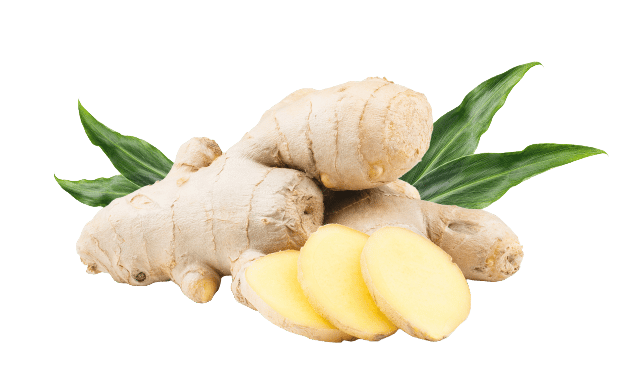
2. Damiana
Damiana (Turnera diffusa) is a mildly psychotropic herb from Mexico. It’s often used to provide more vivid and memorable dreams and has a subtle calming and euphoric quality that pairs well with magic mushrooms. Some believe damiana can enhance the visual and auditory hallucinations caused by magic mushrooms while at the same time offsetting some of the paranoia and anxiety that can accompany psychedelics.
There’s a lot of spiritual value associated with damiana as well. It’s considered a powerful teacher plant that was often mixed into ceremonial smoking mixes in Mexico.
Damiana also adds a distinct and delicious flavor to the tea that does a good job of masking the flat flavor of dried mushrooms.
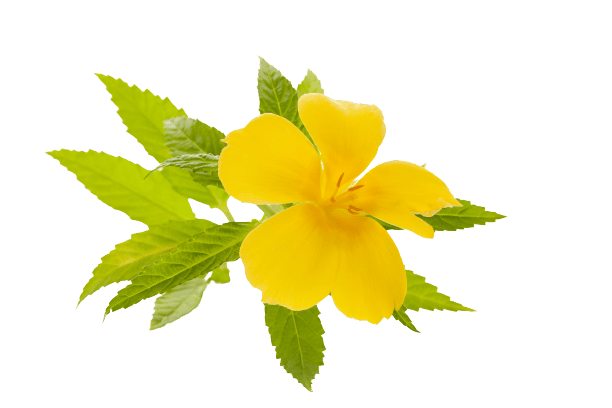
3. Peppermint
Peppermint is another great option to mix with your tea if you experience nausea or indigestion after using magic mushrooms (a common side effect). It’s also highly effective for masking the flavor of the tea.
Anything you can do to ease into the mushroom journey more smoothly is a good addition, and many people are familiar with the comforting taste of hot peppermint tea.
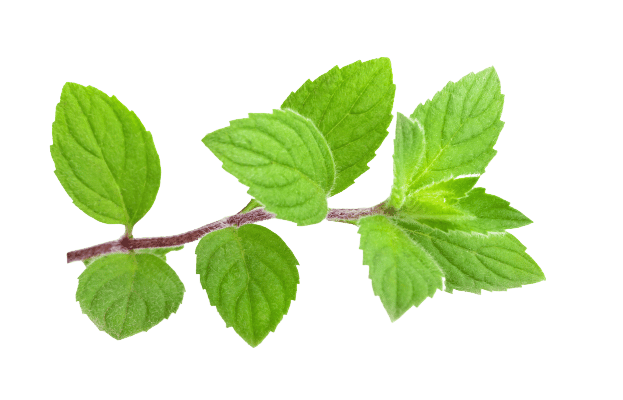
4. Chamomile
Chamomile is a great herb to add if you’re feeling anxious going into the experience. It’s one of the most calming and readily available teas you can use. It also has a soothing action on the digestive tract, which can help reduce or eliminate indigestion, bloating, or nausea some people experience while drinking mushroom tea or eating dried mushrooms.
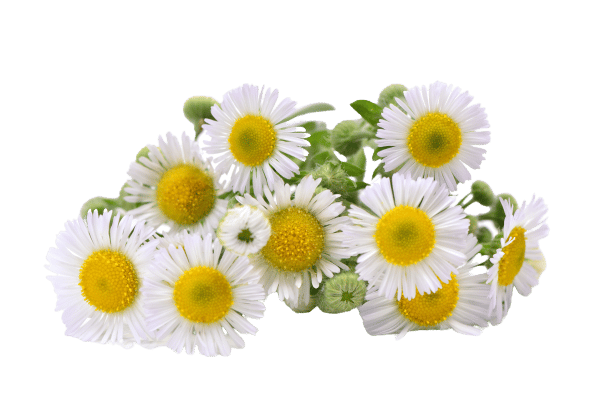
5. Passionflower
Passionflower contains a group of alkaloids that inhibit an enzyme known as monoamine oxidase. Some believe this effect can potentiate magic mushrooms — making them stronger and longer-lasting.
This herb also has well-known mood-regulating effects that can help offset feelings of anxiety or dips in mood during the trip.
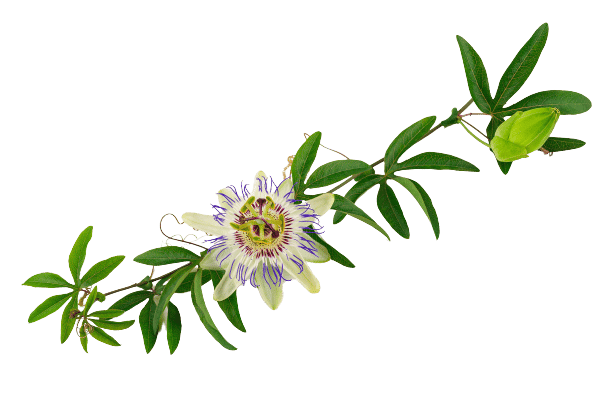
6. Calea zacatechichi
This is one of the premier oneirogenic (dream-inducing) herbs available today. It originates from Mexico, where magic mushroom use has a long history of ceremonial use.
Calea zacatechichi is not for the faint of heart — it’s mildly psychoactive on its own and has a terrible bitter flavor. This is not a herb people add to mask the taste of the mushrooms and will undeniably make the tea much less palatable.
However, the effects of calea share some synergy with magic mushrooms and add a degree of lucidity to the experience. It gives the trip a “dream-like” overtone some find enjoyable and insightful.
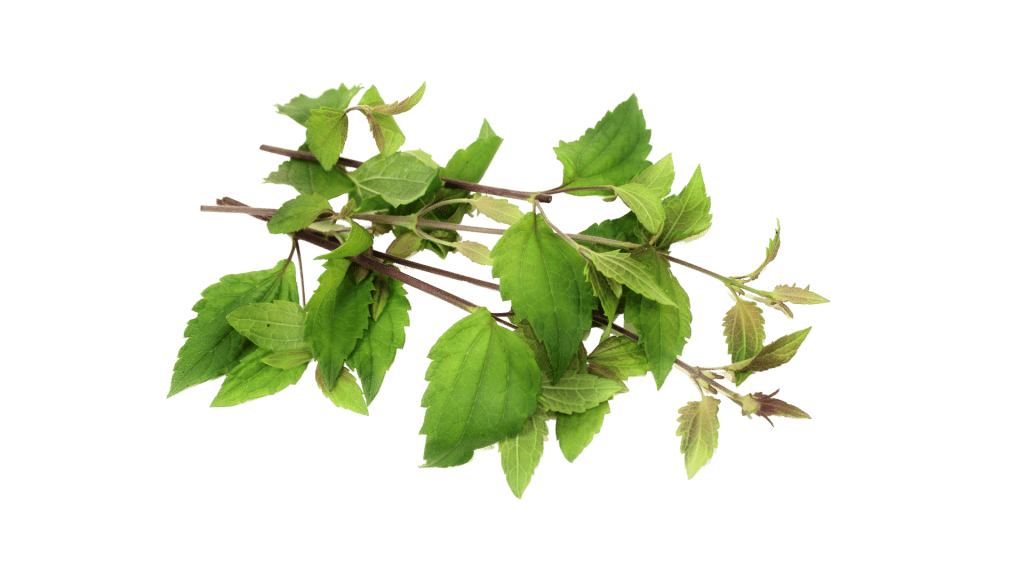
7. Chaga
Chaga is a species of medicinal fungi with an Earthy, coffee-like flavor. There’s no caffeine or psychoactive ingredients in this fungus, but it does have a long list of powerful medicinal ingredients (namely polysaccharides).
If you’re going to make a magical mushroom elixir, medicinal species like chaga are a great option to include.
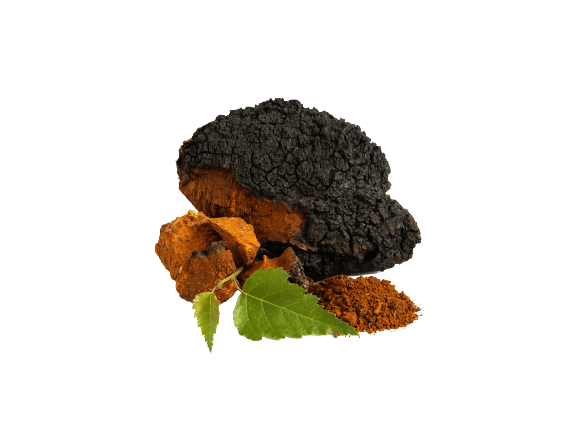
8. Reishi
Reishi (Ganoderma lucidum) is another species of medicinal fungi with a long history of use in Asia. There are also related species found in North America (Ganoderma tsugae) that have been used by indigenous cultures for similar applications.
Reishi doesn’t add much in the way of flavor, but it does have well-established value as a tonic and adaptogenic herb — perfect for making mushroom elixirs.
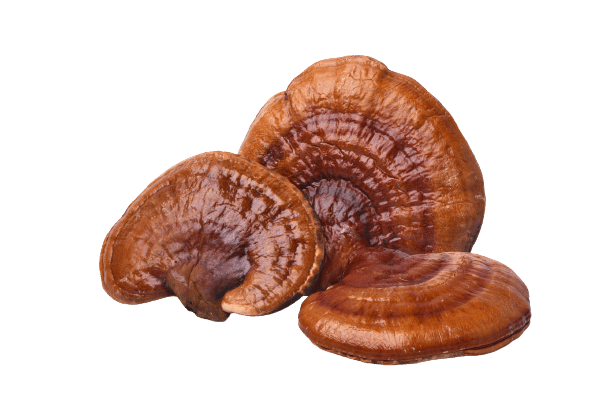
9. Stinging Nettle
Despite the offputting name, stinging nettle makes for a great herbal tea. It’s rich in phytonutrients and minerals, some of which are thought to improve the absorption and potency of magic mushrooms.
Herbalists use this tea to manage a wide range of conditions because of its nutritive and anti-allergy qualities.
This is a good herb to add to mushroom tea if you plan to head out on a walk through nature. The antiallergic effects may reduce the body’s response to pollens and other allergens in the air that could have a negative (albeit subtle) effect on the overall experience.
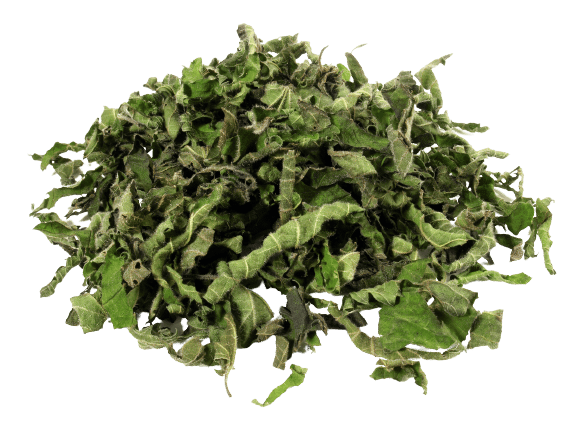
10. Ginseng
Ginseng is one of the premier tonic herbs according to traditional Chinese medicine. I like using this herb with mushrooms because I find it offsets the feeling of burnout when the mushrooms start to wear off.
There are two different types of ginseng be aware of;
Korean red ginseng (Panax ginseng) is the more stimulating and warming of the two. It’s often used by athletes to increase energy levels and physical stamina. This is a good option to use if you’re planning on going out for an adventure after drinking your shroom tea but could increase the chances of feeling anxious.
American ginseng (Panax quinquefolium) is much more calming and cooling. This is the type of ginseng I prefer to mix with magic mushrooms because it’s far less likely to make you feel overstimulated and anxious while still providing you with the characteristic “tonifying” qualities of ginseng. You feel strong and full of energy as you explore and are less likely to experience the uncomfortable burnout as the mushrooms wear off.
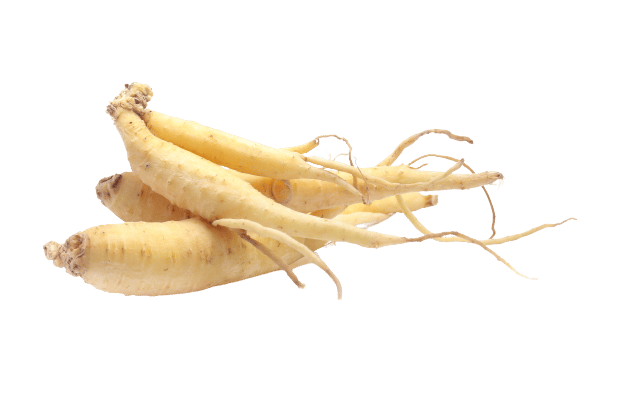
What Are the Advantages of Mushroom Tea?
The main benefit of drinking mushroom tea is that it significantly reduces the chances of feeling nauseous when taking magic mushrooms. The fiber content of dried mushrooms can irritate the stomach and make users feel bloated and nauseous (a syndrome referred to as “gut-rot”).
Mushroom tea also kicks in slightly faster — about 10–20 minutes quicker than dried shrooms.
Mushroom tea is also easier to share among several people at once.
Let’s say you’re out camping, and someone has a bag of magic mushrooms. You could try and split the mushrooms up evenly, but if you don’t have a scale, it’s difficult to do this accurately. Mushrooms don’t grow in uniform sizes or densities, so someone is inevitably going to get a higher or lower dose than everybody else.
If you take the whole batch and mix it into a tea, it’s easy to distribute identical doses to each member of the group.
What Are the Risks of Shroom Tea?
Drinking magic mushroom tea doesn’t come without its share of cautions as well.
The main risk of mushroom tea is taking too much. If you’re not conscious about what dose you’re using, it’s easy to take far too many mushrooms. While nobody has died from drinking too much mushroom tea, you may get far more than you bargained for if you’re not careful.
This is why it’s important that you always weigh your shrooms before preparing a tea and be conscious about how often you’re re-steeping your tea.
The second risk of shroom tea is less common but significantly more dangerous — using the wrong species of mushrooms. This issue can happen when people go foraging for wild magic mushrooms. Magic mushrooms are common in the wild, but there are a lot of poisonous lookalikes to be aware of — most will just make you feel sick, but a few can be lethal if consumed in doses similar to the dose of magic mushrooms.
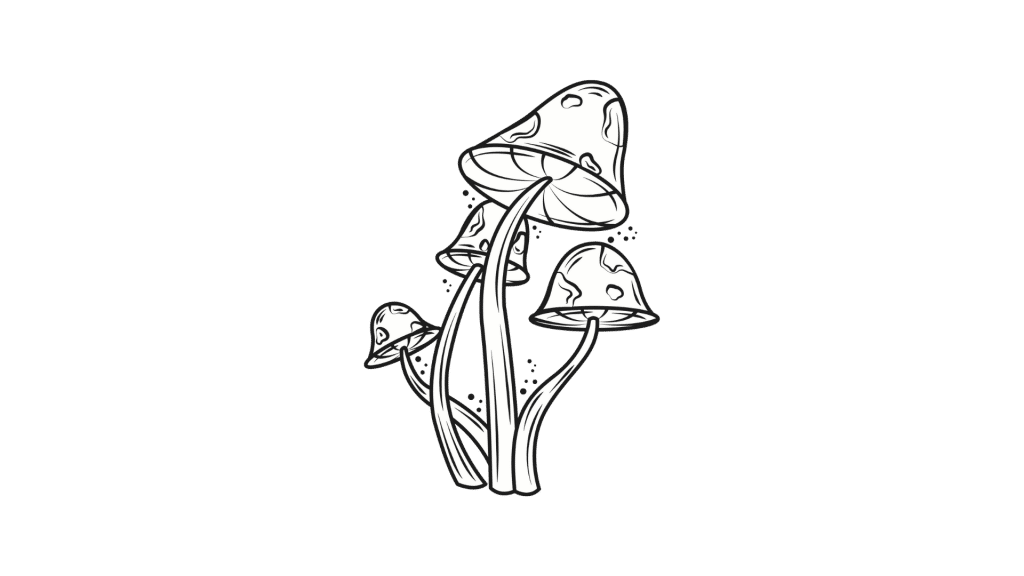
Other Ways to Take Magic Mushrooms
Shroom tea is just one of the many ways you can consume magic mushrooms. Here are the top 5 alternatives to shroom tea to consider:
1. Mushroom Chocolates
Mushroom chocolates are a popular way of consuming shrooms because they completely mask the earthy, mushroomy flavor.
Chocolates make it easy to standardize doses. Most chocolates contain between 1 and 2 grams of magic mushrooms per piece — making it easy to pick and choose specific doses depending on what kind of experience you want.
Anybody can make mushroom chocolates at home, but there are a few things to be aware of. The most important is that the shrooms must be added after the chocolate is melted. If shrooms are heated to hot, the psilocybin will break down, and they’ll become less potent.
Shroom chocolates are made by melting chocolate, pouring them into molds, and then stirring in dried mushroom powder while the chocolate is cooling and solidifying.
2. Mushroom Capsules
Capsules are most common for people taking microdoses of magic mushrooms, but they can also be used to take standard psychoactive doses — just be aware that you’ll need to take several capsules at a time for psychoactive doses.
A standard 00 capsule will hold around 500–750 mg of powdered magic mushrooms, so you may need to take 3–6 at a time.
You can make capsules yourself at home using a mortar and pestle and capsule-making machine. I recommend using a mortar and pestle over a coffee grinder or cannabis grinder so you can convert the dried shrooms into a fine powder instead of larger chunks. This will allow you to fit more shrooms into each capsule.
Make sure you crack open one of the capsules to weigh it when you’re done so you know how much is contained inside each one.
3. Lemon Tek
Lemon tek follows a similar method of making mushroom tea, but instead of using hot water, you’re using lemon juice.
Many proponents of lemon tek like that it can make the effects of the mushrooms more intense. The tradeoff is that the experience also tends to end quicker than other forms. This comes down to the way psilocybin is metabolized by the liver and the ability of compounds in lemon juice to stimulate this metabolic process.
Here’s how to prepare mushrooms using the lemon tek:
- Juice a whole lemon.
- Weigh out a single dose of dried magic mushrooms and grind it into a powder.
- Place your mushroom powder into a small glass cup.
- Add the lemon juice and stir it around.
- Let the mixture sit for 10–20 minutes (stir occasionally).
- Pour the mixture through a mesh or cloth filter to remove the powder.
- Ready to drink! Knock it back like a shot or mix with hot (but not boiling) water.
4. Psilocybin Honey
Honey can also work as a solvent for extracting psilocybin from magic mushrooms, just like hot water or lemon juice. This product is called “blue honey” because the honey usually takes on a dark blue color after a few weeks.
The process is simple — weigh and grind your shrooms into a fine powder and mix it directly into your honey. Some people like to strain the shrooms out of the honey several weeks later, but this isn’t necessary.
This is a great way to preserve magic mushrooms if you don’t think you’ll get to eat them right away, and it does the best job of all the methods mentioned above for masking the flavor of the mushrooms.
Getting the dose right is more challenging for honey, but most aim for a ratio of around 1:5 (one-part mushrooms to 5 parts honey).
A standard har of honey (500 grams) contains about 350 mL, so you’d need to add around 70 g of psilocybin per jar. That’s quite a lot of shrooms, so you can always divide this into smaller portions as well.
For example, using a smaller 50 mL jar will hold about 40 mL of honey and 8 grams of magic mushroom powder (suitable for 3–4 doses).
You can use the honey by eating it straight up, adding to some tea, or spreading it over some toast.
5. Raw Shrooms
The simplest (and most common) way of using magic mushrooms is to simply eat them raw.
Measure out your dose using a scale, and down the hatch, they go.
Most people won’t have any issues with using shrooms this way, but some experience a syndrome called “gut rot” which involves bloating, nausea, and stomach pain.
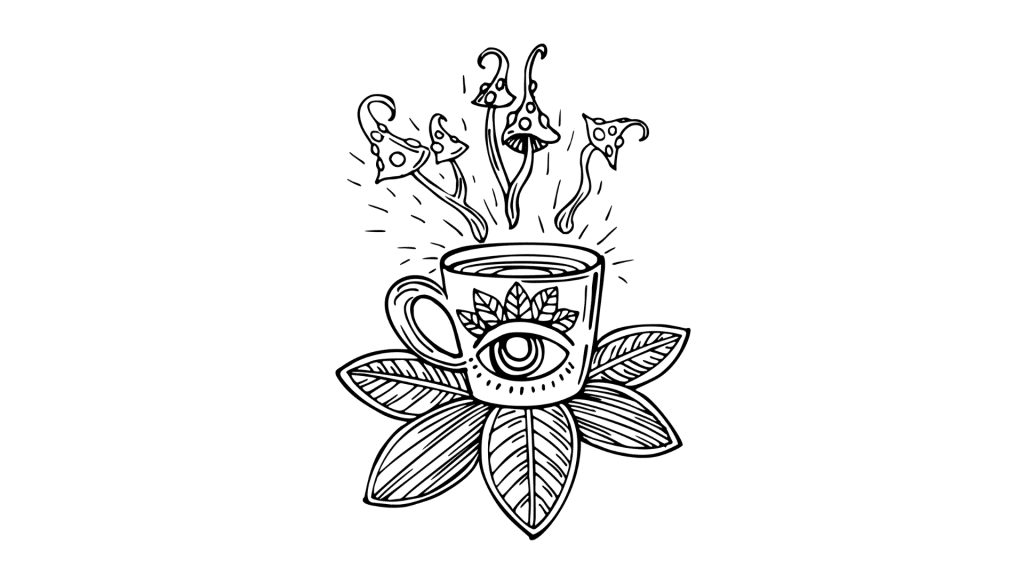
You can reduce the chances of experiencing gut rot by drinking a strong ginger, peppermint, or chamomile tea before and after the mushrooms.
The more shrooms you eat, the more likely you are to experience stomach discomfort.
Mushroom Tea FAQs
If you have any further questions about making shroom tea, feel free to reach out to high@tripsitter.com.
1. Will Mushrooms Lose Their Strength When Made Into A Tea?
It’s inevitable that some of the potency of magic mushrooms will be lost when brewing a tea. When you eat shrooms, the entire contents enter the body. When you make a tea, you’re only getting the contents that diffuse into the water.
However, the loss is minimal, and most people experience only slightly less intensity of effects when drinking tea compared to eating the same dose of dried mushrooms.
To get the most out of your tea, make sure you avoid using boiling water (80ºC water is best) and give it plenty of time to steep before you drink it (at least 10 minutes). You can also add more water to steep your tea an additional two times or eat the wet soggy shrooms after you’re done making the tea to make sure you get it all.
2. Can You Microdose With Shroom Tea?
Yes, you can definitely microdose magic mushrooms by making a tea.
Microdosing is done by consuming about 10% of a standard dose of a psychedelic. If making a tea, aim to us about 15% to account for some of the loss.
The standard psychoactive dose for shrooms is around 2–3 grams, so aim to use about 0.3–0.4 grams for a tea.
This is a very small amount of shrooms, so you’ll likely need to mix some other herbs into the tea to make it more substantial.
3. Should I Throw Out the Mushroom Powder After Preparing Tea?
Most people throw out the mushroom powder after making a tea, but you can also eat them or save them in the freezer if you want to re-steep them again later.
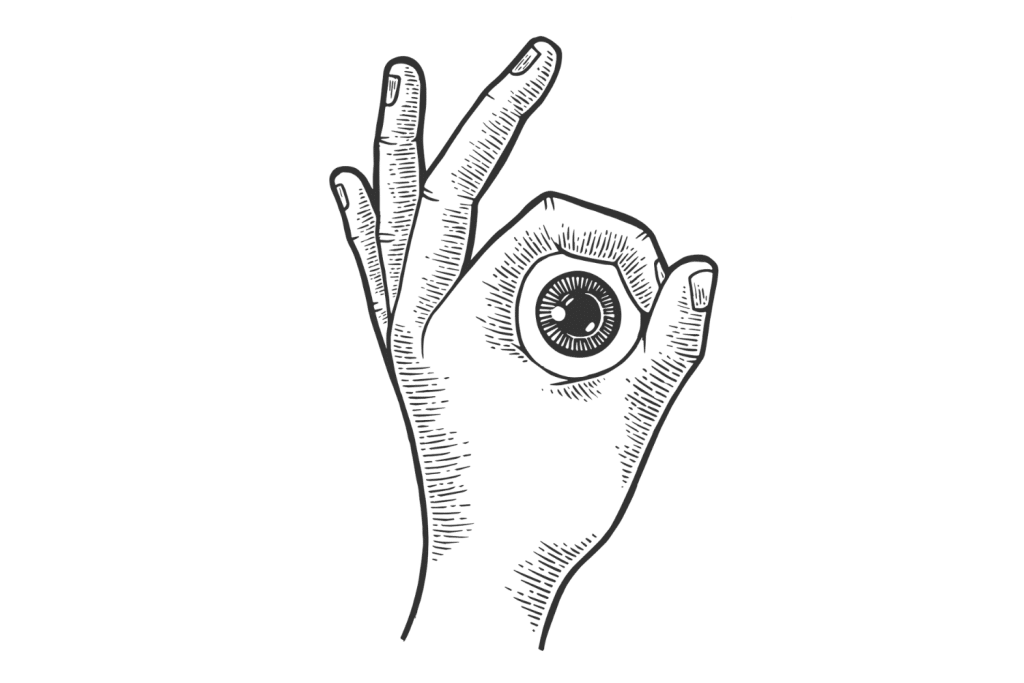
Final Thoughts: Magic Mushroom Tea
Many people prefer to take mushrooms in the form of tea because it tastes better, can be mixed with other herbs to improve the effects, and avoid the frustrating side effects of gut rot.
Making shroom tea is simple. Grind up your shrooms, steep them in some hot (but not boiling water), and drink up.
Keep in mind you’re going to lose some of the potency of the mushrooms doing it this way, but it’s marginal. You can make up for this by simply adding a slightly larger dose than you’d normally eat and re-steep your tea several times before throwing it out.

